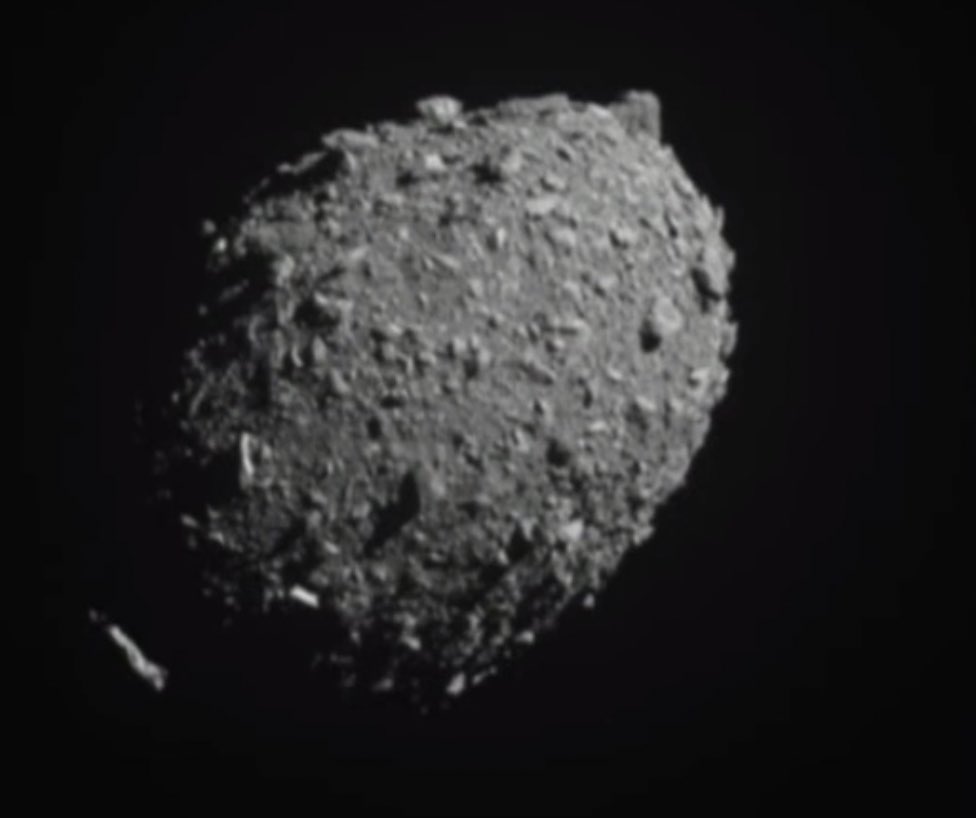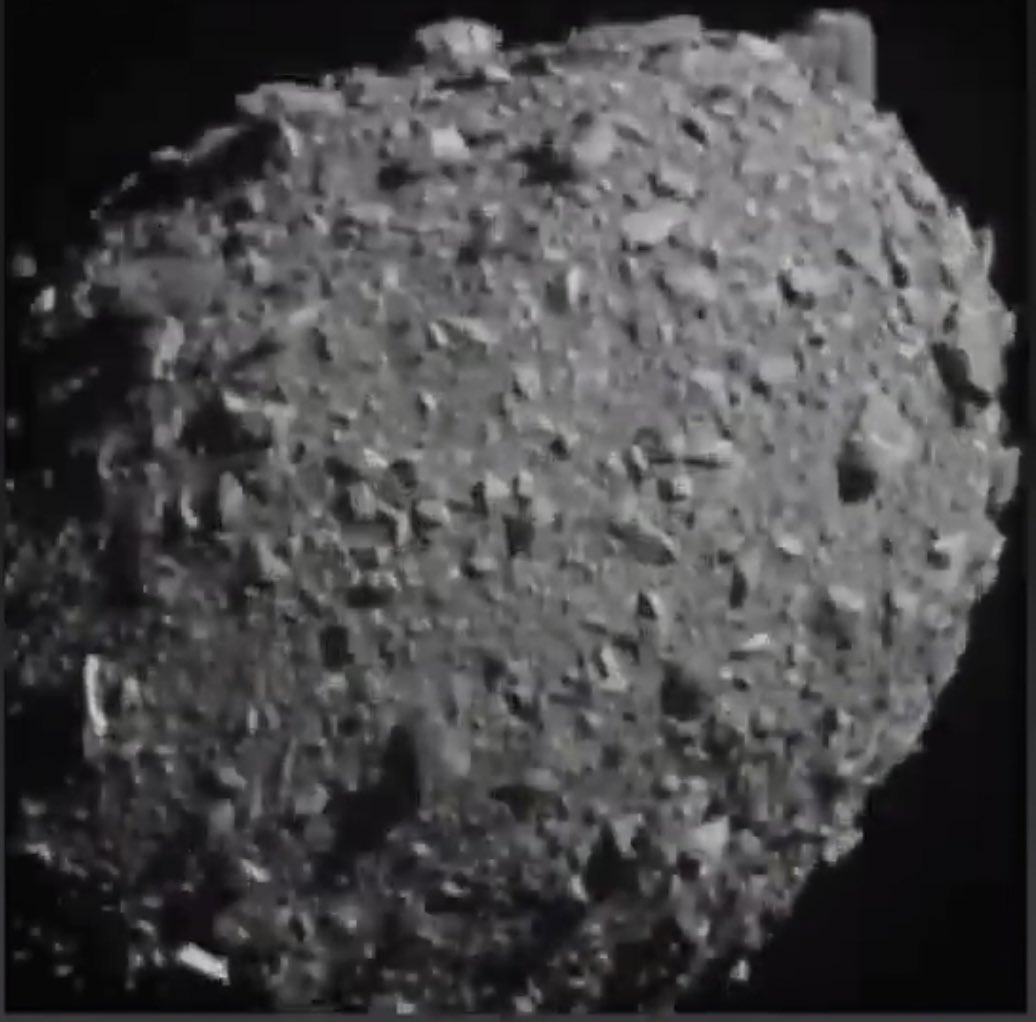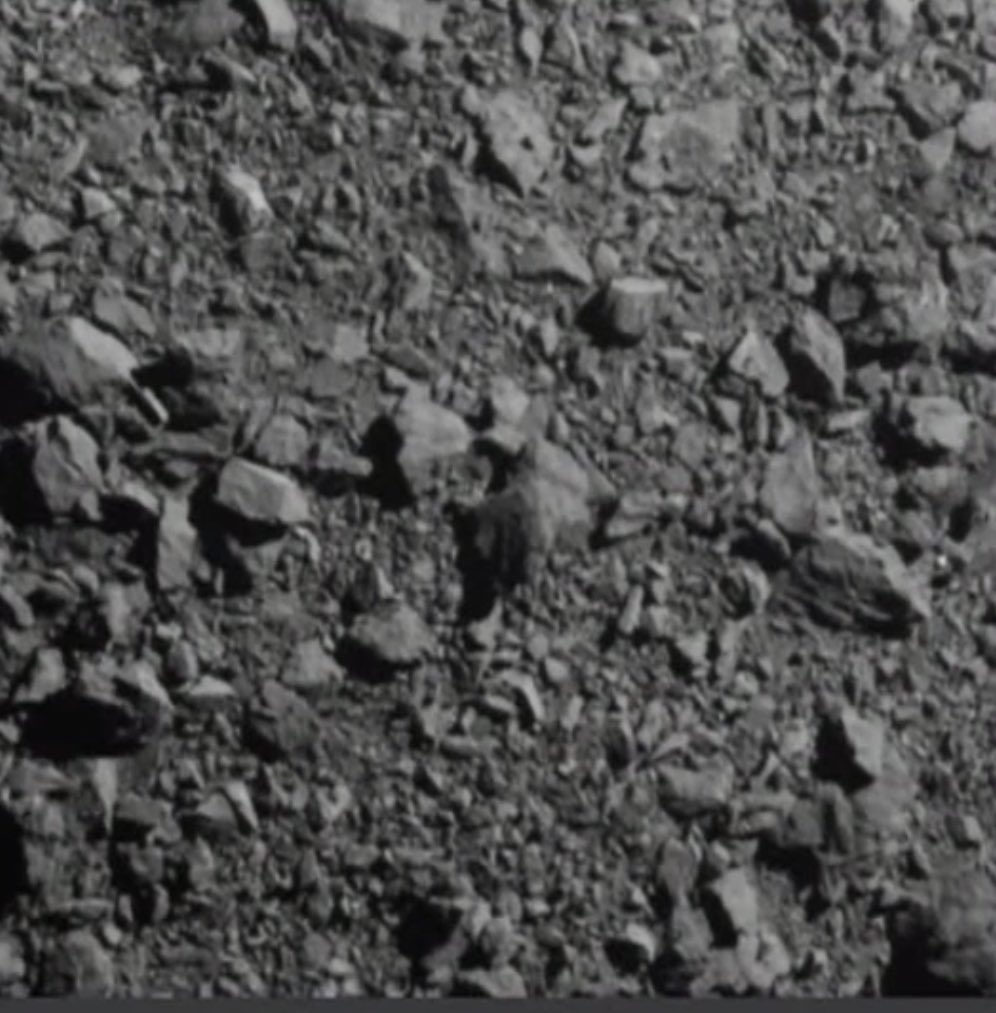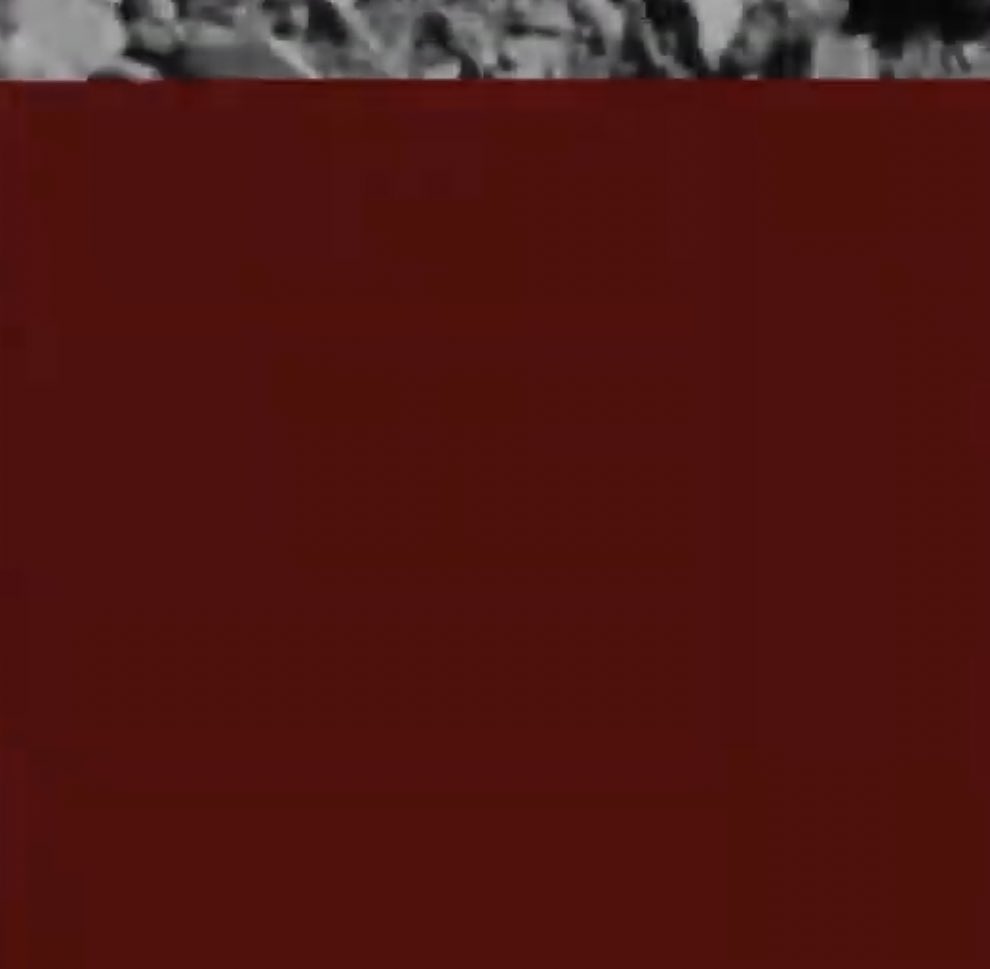DART
For Double Asteroid Redirection Test
https://www.nasa.gov/planetarydefense/dart/dart-news
This is a plan by NASA to
DART has a hanger-on


For Double Asteroid Redirection Test
https://www.nasa.gov/planetarydefense/dart/dart-news
This is a plan by NASA to
- crash a space probe into a astroid
- measure how much the crash deflects the astroid
- then if / when an asteroid threatens Earth
- calculate if a space probe could neutralise the threat
DART has a hanger-on
- LICIACube
- which will be released
- before impact and
- become a following space probe which will
- hang back
- broadcasting back the result of DART's impact





